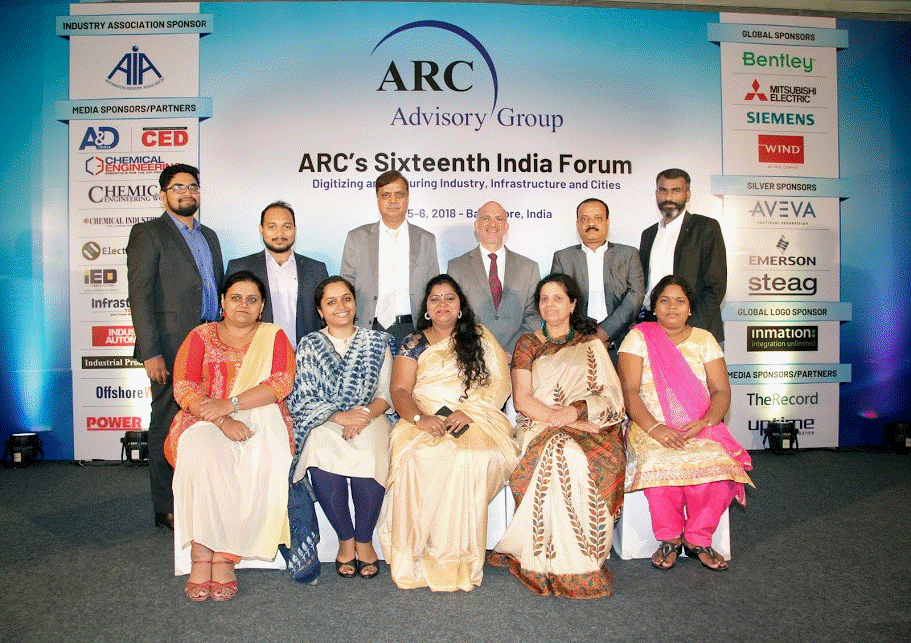

Global companies set their sights on Bengaluru in the 1980s but the pace began accelerating only after 2000. Initially, outsourcing to India was considered a cost-effective option for routine jobs; but that is no longer true. Today, an increasing amount of the work is in digital technologies such as Big Data and analytics, mobility, artificial intelligence (AI), machine learning, internet-of-things (IoT), robotics, etc. Hence, global companies are setting up global inhouse centers (GICs) for engineering and research and development in India. The head of an organization, which helps global companies set up GICs said that the center of gravity of Fortune 500 companies is shifting to India and the future strategies of these companies are being invented here.
“Conversations are no longer about cost. It is digital technology that is bringing companies here,” added K S Viswanathan, IT industry body NASSCOM’s head of industry initiatives whose responsibility includes dealing with GICs. A total of 1,150 multinationals have global in-house centers in India, employing more than 800,000 people. These new digital technologies are becoming drivers of business, creating new sources of revenue for the global companies, and not just reducing costs or improving productivity. A few examples:
NASSCOM has been represented at ARC’s past India forums and K S Viswanathan was a keynote speaker too. He spoke about the drivers for and challenges to the new business models that are

influenced by digitization. The drivers include the need for collaborative manufacturing, software-hardware convergence and software-defined engineering; while the challenges are cybersecurity, standardization, IP ownership, and the exponential growth of connected devices, digital disruption, and Big Data. Reflecting the growing maturity of the Indian IT-BPM industry, GICs today have moved past the “cost center” stage and are focusing on IP-creation, building competencies around emerging technologies, setting up Centers of Excellence and vendor management. Indian GIC leaders are donning global roles and the GIC governance model is more accountability-driven. GICs have also integrated into the prevalent ecosystem by forging partnerships with startups, universities, and service providers. This growth is due to their ability to save costs for an enterprise, while tapping India’s huge talent pool. “GICs have experienced a significant paradigm shift from being offshore service delivery centers to strategic enablers that support the growth, differentiation and innovation agenda of global enterprises,” adds KS Viswanathan.
Besides, GICs have also taken up the digitization mandate for their parent firms to help them evolve to a Digital Enterprise. Industry statistics reveal that Bengaluru has emerged as the hub of GICs – about 35 percent of the 1,150 GICs in India are based here and focus mainly on R&D. This could be attributed to the growing maturity of the IT industry and the ready base of available talent.
How GICs will transform India’s industrial scenario:


